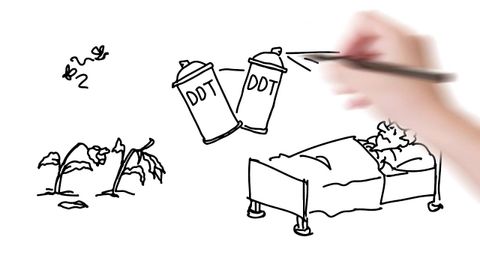ハザード、リスク、安全性 - リスクアセスメント、管理、認識の理解 (Hazard, Risk & Safety - Understanding Risk Assessment, Management and Perception)
kuoyumei が 2021 年 01 月 14 日 に投稿  この条件に一致する単語はありません
この条件に一致する単語はありませんUS /kənˈsɪdər /
・
UK /kən'sɪdə(r)/
US /pɚˈsɛpʃən/
・
UK /pəˈsepʃn/
- n. (c./u.)知見 : 見識 : 感じ方 : ものの見方;知覚;見方;洞察力
US /əˈkaʊnt/
・
UK /ə'kaʊnt/
- n. (c./u.)利益 : 利点 : 得;(預金)口座;収支計算書;(コンピュータの)アカウント;説明;帳簿;重要性;釈明;得意先
- v.i.説明する
- phr.〜の理由で
US /rɪˈsɚtʃ, ˈriˌsɚtʃ/
・
UK /rɪ'sɜ:tʃ/
- v.t./i.研究する;市場調査をする
- n. (c./u.)研究;研究分野;研究報告;市場調査
エネルギーを使用
すべての単語を解除
発音・解説・フィルター機能を解除

